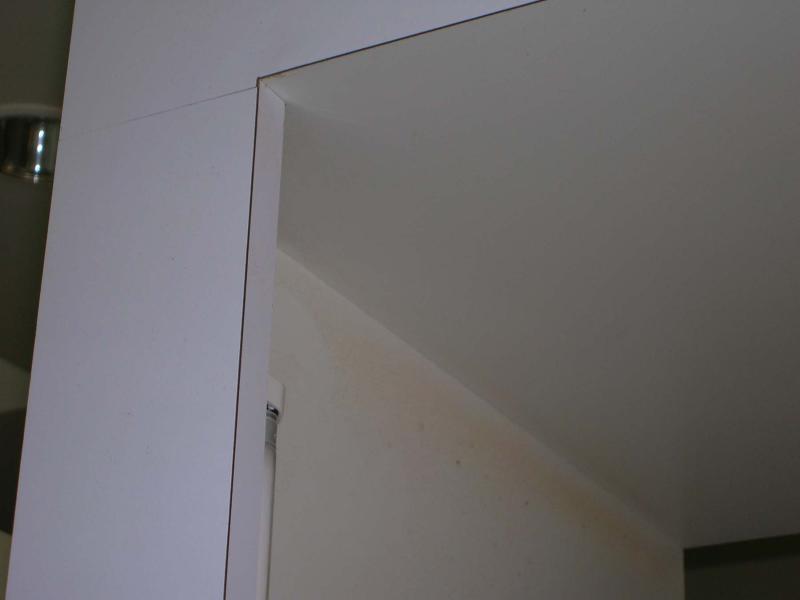Question
I am laminating a site built countertop and need to seam laminate for a large L shaped top. How do I get a tight seam on the job site?
Forum Responses
(Laminate and Solid Surfacing Forum)
From contributor T:
Overlap the two pieces slightly. With a router running down a straight edge cut through both pieces at the same time. Make sure the lam doesn’t shift, so clamp or tape the lam to a sheet of pb or ply.
I glue the whole thing up at once, lay one piece on dowels and align, then stick. Lay the next piece down and stick the seam first. Roll the seam to make sure it doesn't move, them leave one 1/4" dowel 16" back from the seam and continue sticking the rest of the sheet. This leaves a bubble in the sheet. Look at your seam and see that it is straight but still has a black line. Remove the dowel and roll the bubble out toward the seam, it will all but disappear. It is possible to cause the seam to lift, so make sure you roll the seam before the bubble, and make sure you are 16" back, or the bubble is too big.
Comment from contributor P:
Apply the laminate as explained above with the rolled out bubble. The dovetail bit gives the edge of the laminate a slight bevel which allows the face to touch before the back which when rolled out as explained gives an amazingly tight joint.
